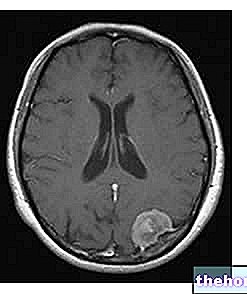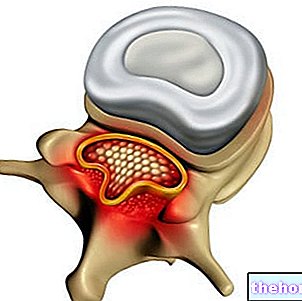Generality
We speak of brain death when the brain, more precisely the brainstem, permanently stops its activity. This functional cessation is accompanied by several characteristic signs: above all, the absence of autonomous breathing and of any basic reflex; in fact, in the brainstem we find very important nerve centers, which control breathing, pupillary reflexes and other vital reflexes.
The diagnosis of brain death must be made, for various reasons, by a team of medical specialists and includes several targeted tests.
A brain dead patient can be connected to an artificial respirator to keep transplantable organs alive.
What is brain death
We speak of brain death when a person's brain, more precisely the brainstem, ceases to perform any activity. In this state, the loss of consciousness is definitive, as is the response to any external stimulus.
An individual diagnosed with brain death is considered dead but may be connected to an artificial respiration machine.

THE ENCEPHALIC TRUNK
The brainstem is that region of the brain that connects the brain proper to the spinal cord. Due to the position it occupies, it can be considered as the base of the brain.
The trunk is divided into three parts: midbrain, pons and medulla oblongata.

Figure: an overview of the brain areas. From the site: www.antoniosammartino.it
The starting point of almost all cranial nerves (except those associated with smell), the brain stem controls various vital functions, such as breathing, heartbeat, swallowing and blood pressure.
In light of this, it can be understood why damage to this portion of the brain can have such dramatic consequences as brain death.
Causes
Brain death occurs when the blood flow to the brain is cut off dramatically.
Disruption of the blood supply and related oxygen support can occur mainly for the following reasons:
- Cardiac arrest. It is the situation in which the heart suddenly stops beating, thus depriving the brain and all other organs of the body of oxygen.
- Heart attack. It occurs when the flow of blood, which supplies the heart, suddenly stops. This results in damage to the myocardium, the heart muscle, and a reduction in cardiac activity.
- Stroke. It is characterized by the lack of blood supply to a more or less large region of the brain. Stroke can be ischemic or haemorrhagic; if it is ischemic, it means that at its origin there is an obstruction of the arterial vessels of the brain; if it is haemorrhagic, it means that it is caused by the rupture of a cerebral arterial vessel and the resulting blood loss.
- Thrombosis and / or embolism. A blood clot, whether fixed (thrombus) or mobile (embolus), can block blood vessels and stop the flow of blood to the brain.
MINOR CAUSES
Although it occurs more rarely, brain death may also occur after severe head trauma, an "infection of the brain" (encephalitis) or a brain tumor.




























